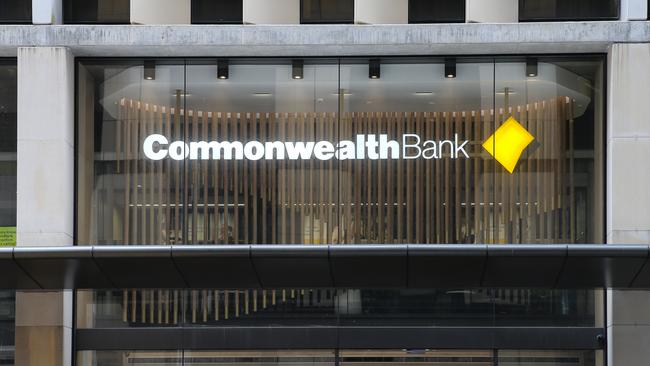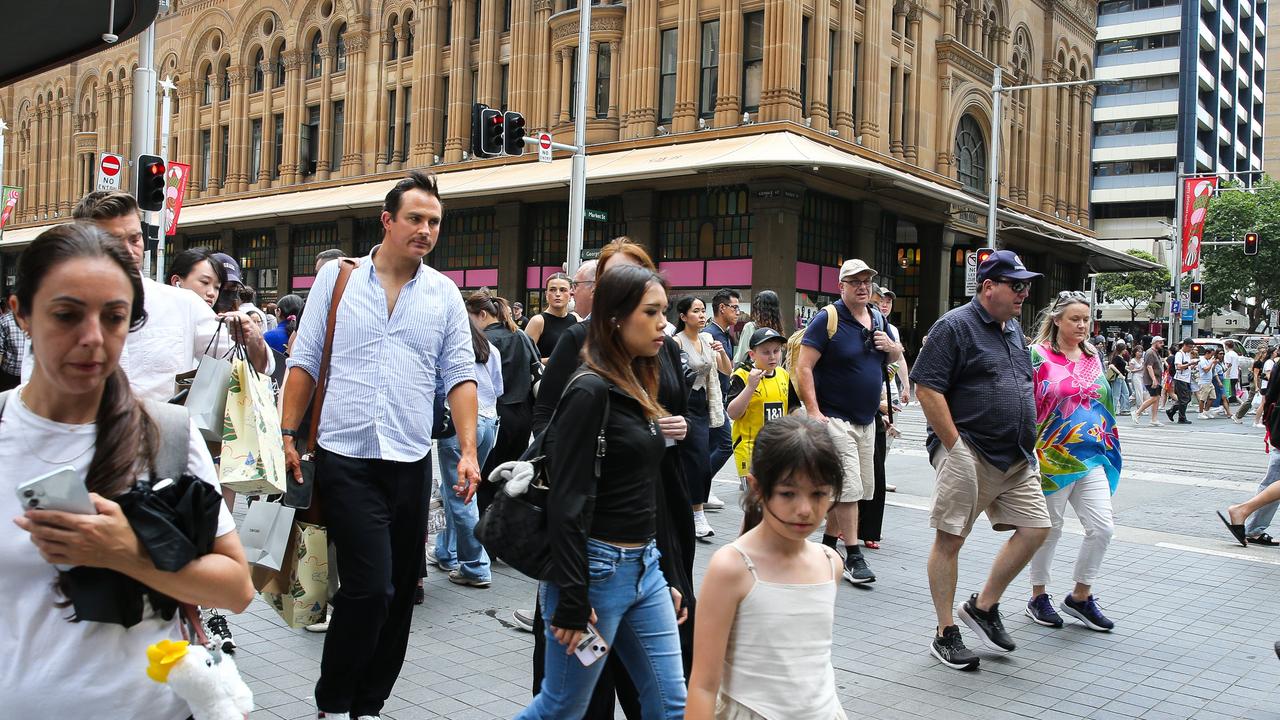Wage rises outpaces inflation for first time in three years
Wages have risen higher than inflation for the first time in years but while some have more take home pay, others have seen a pay cut.

At Work
Don't miss out on the headlines from At Work. Followed categories will be added to My News.
Workers in healthcare and education have seen the biggest wage jumps in the last year, according to new data.
But those working in finance have not be so lucky with their salaries.
Over the last 12 months, average pay in Australia has gone up by 4.2 per cent, the Australian Bureau of Statistics’ (ABS) wage price index has stated.
Of that increase, 0.9 per cent was in the last quarter from September to December 2023.
The yearly 4.2 per cent overall pay rise marginally exceeded the consumer price index, the main measure of inflation, which came in at 4.1 per cent for the year.
That has meant that for the first time in almost three years Australians on average saw a real increase in their pay packets.
However, analysts have warned that the CPI is just one measure of inflation and if other factors are taken into account some people may actually have seen their wages fall in real terms.

Industry with biggest pay hikes
Annual wage growth of 4.2 per cent was the highest since March 2009, the ABS stated. Rises in the public sector outpaced even that at 4.3 per cent.
“For both the public and private sector, wages growth was driven by organisation-wide annual wage and salary reviews,” the ABS’ head of prices statistics Michelle Marquardt said.
“Wage growth for December quarter 2023 saw a higher contribution from jobs covered by enterprise agreements than is typically recorded for a December quarter.”
The sector which saw the biggest pay hikes was in health care and social assistance at 5.5 per cent, above the average for all industries.
Not too far behind was the educational and training sector which saw annual wage growth of 4.8 per cent. In the latest quarter education also saw the biggest hike in pay by 1.7 per cent.
Between them, health and education account for around 25 per cent of all Australian jobs so wage rises in these areas can have a significant effect on the overall figure.
Also doing well were those employed in administrative and support roles with a 4.5 per cent average rise and retail at 4.3 per cent.

Real pay cut
But a number of sectors saw pay go up by a far lesser amount.
The real laggard was the finance and insurance sector where wages rose by 3.2 per cent, not only below the Australian average but also below inflation leading to an effective pay cut.
Wholesale trade, at 3.4 per cent, and public administration and safety at 3.6 per cent, also didn’t fare as well.
Workers in Queensland saw the highest annual wage movement at 4.8 per cent but those in Victoria saw the lowest at 3.7 per cent followed by Australian Capital Territory at 3.9 per cent.

Economist at the Australian National University Peter Crawford said workers may not be as well off as the bald inflation figure suggests.
While the CPI does include rents it doesn’t include mortgage payments.
When mortgages are volatile it can underestimate how much families with home loans have to live on.
An alternative ABS measure, called the living cost index, includes mortgage payments. For working households that measure increased by 9 per cent in the year to September.
“For these working households, the price of food climbed 4.8 per cent in the year to September, the price of electricity 14.5 per cent and the price of mortgage interest charges 68 per cent,” Mr Crawford was reported as saying by 7News.
“It’s the increases in mortgage rates that have made the increases in the other prices hurt so much.
“On this measure, the correct one, the buying power of wages has been falling for two-and-a-half years.”
In its latest update, the ABS stated that the living cost index for working households had year-on-year fallen in December to 6.9 per cent, below September’s 9 per cent, but it has still outpaced overall inflation.
“Mortgage interest charges rose due to the continued rollover of expired fixed-rate to higher variable rate mortgages, as well as banks passing on the Reserve Bank of Australia’s cash rate rise in November 2023 to variable rate home loans,” said the ABS.
The living cost index for self-funded retirees and age pensioners more closely matches the CPI.
Originally published as Wage rises outpaces inflation for first time in three years




